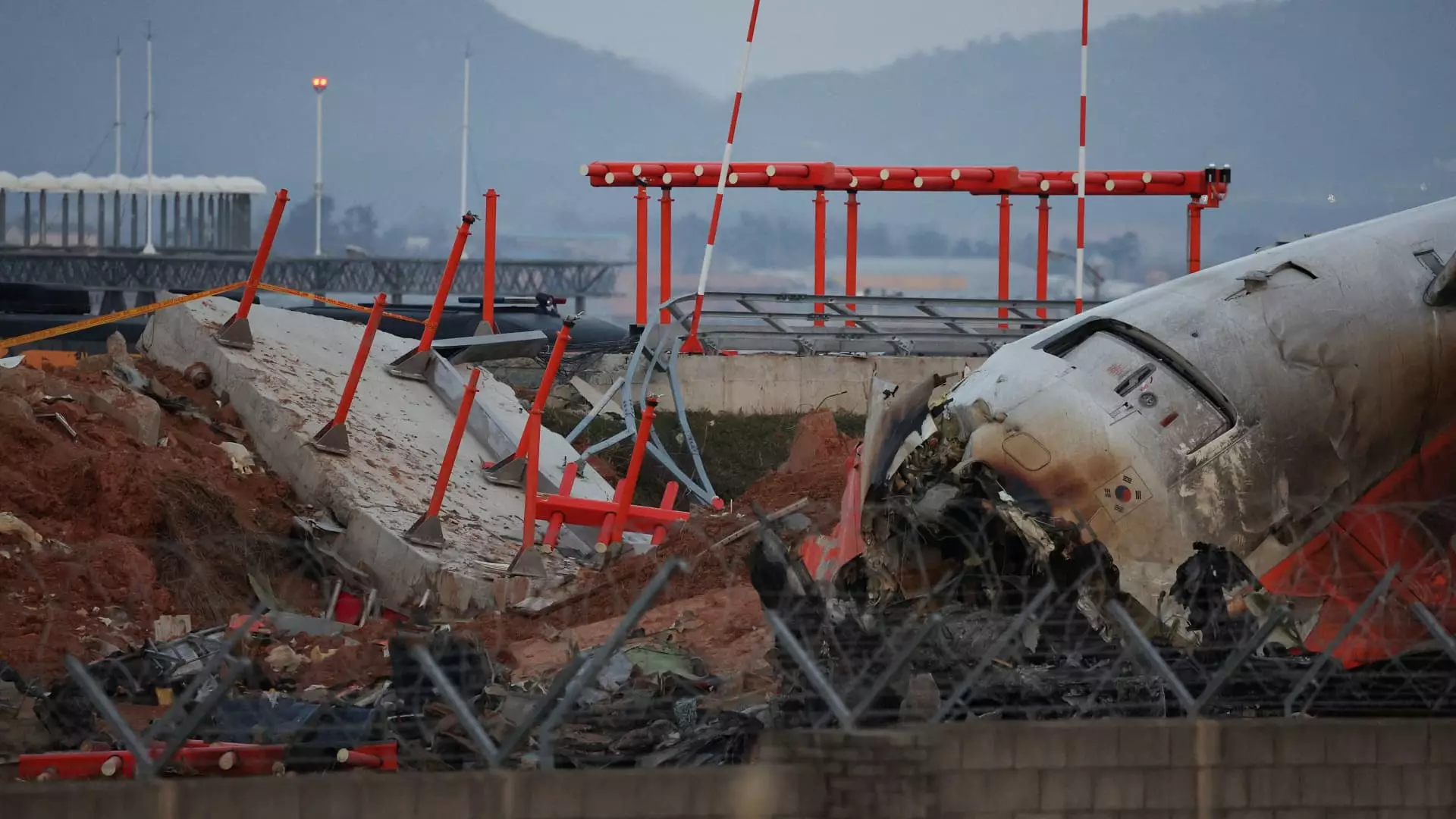The Boeing jet disaster involving Jeju Air on December 29 has emerged as one of South Korea’s deadliest aviation incidents, claiming the lives of 179 individuals. Early reports indicated the plane had encountered a bird strike shortly before the accident, triggering critical moments leading to a devastating belly landing at Muan Airport. The event has raised urgent questions regarding aviation safety protocols in the region and the effectiveness of current investigative approaches employed by the transport ministry.
The greatest concern after the crash emanates from the startling revelation that the flight data and cockpit voice recorders, commonly referred to as “black boxes,” ceased recording approximately four minutes prior to the accident. This absence of critical information significantly hampers the investigative process. The transport ministry has expressed intentions to determine why the recorders stopped functioning, an anomaly that indicates potential systemic failures. Transport safety historian Sim Jai-dong noted that the disconnection of all power sources, including backups, is exceedingly rare in crashes of this nature, which only deepens the mystery surrounding the events leading up to the crash.
As investigators delve into the circumstances surrounding the incident, analyzing available data beyond the missing recordings has become essential. The transport ministry’s commitment to ensuring a transparent investigation is commendable; however, skepticism persists among victim families. Many have voiced their belief that an independent body should lead the investigation, as opposed to the ministry itself—a body that could implicitly benefit from operating without scrutiny. The families are demanding a more inclusive approach, involving experts selected by them to enhance the reliability of findings and foster trust in the investigative process.
Another focal point of the investigation is the embankment that the aircraft struck during its crash landing. Questions arise about the design of this structure and its proximity to the runway. Investigators are examining why such rigid materials were used in construction and whether they contributed to the accident’s severity. The existence of the embankment, intended to support landing systems, raises issues about the safety protocols in place for air traffic at Muan Airport. The intersection of infrastructure safety and aviation performance remains paramount as authorities seek remedial actions to prevent future tragedies.
The Jeju Air disaster serves as a stark reminder of the importance of rigorous investigation techniques and infrastructure safety in the aviation sector. The loss of critical data from the black boxes poses significant challenges in understanding the complete picture of the event. Furthermore, addressing the concerns raised by victims’ families and ensuring a meticulous examination of all relevant factors will be imperative for restoring public confidence in South Korea’s aviation safety protocols moving forward. The combination of technical evaluation and empathetic engagement with affected families will be vital to ameliorate the oversight and implement necessary changes within the aviation sector.

Leave a Reply